Pembroke Castle
Explore
Explore the iconic Caernarfon Castle, a UNESCO World Heritage Site in North Wales. Discover its medieval architecture, history, and breathtaking views of the Menai Strait.
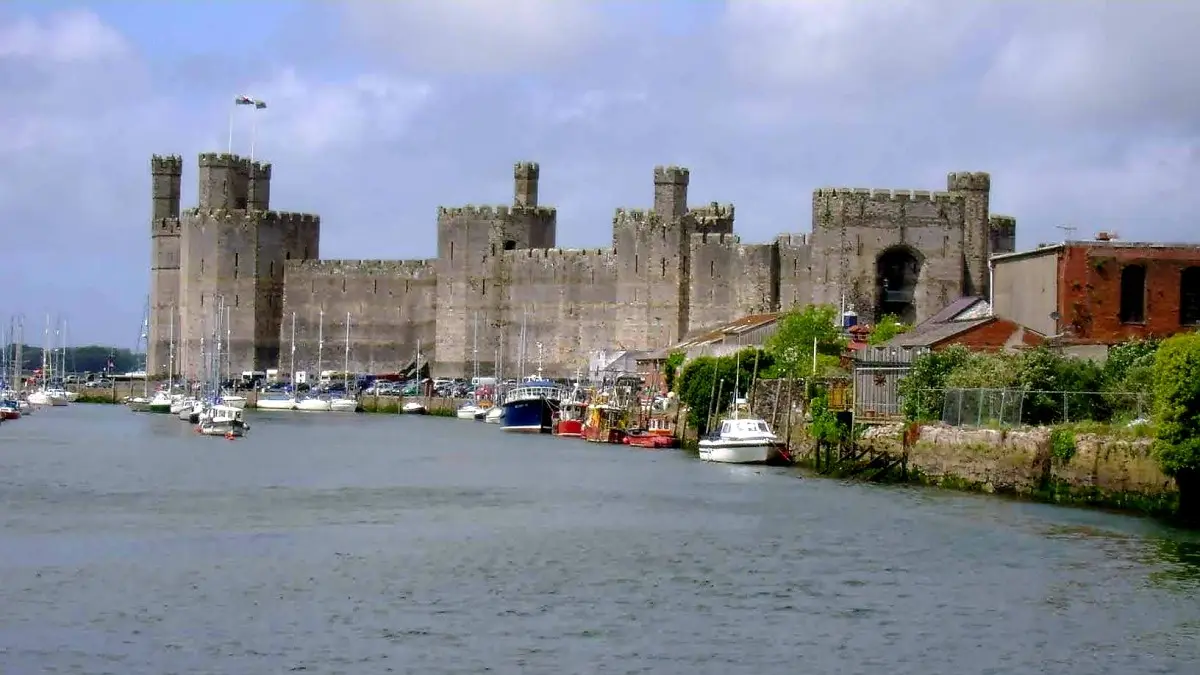
Caernarfon Castle, a UNESCO World Heritage Site, is a stunning testament to medieval military architecture and an enduring symbol of Welsh history. Located in the historic town of Caernarfon, this imposing fortress was built by King Edward I in the late 13th century as part of his campaign to dominate Wales. Its distinctive polygonal towers and immense curtain walls make it one of the most impressive castles in Europe.
Visitors to Caernarfon Castle can immerse themselves in its rich past by exploring the castle's numerous towers, chambers, and battlements. The Eagle Tower, with its striking design and commanding views, is a highlight of the experience. The castle also played a pivotal role in the Investiture of the Prince of Wales in 1969, and its historical importance continues to draw visitors from around the world.
Surrounded by the scenic beauty of North Wales, Caernarfon Castle offers a blend of history and breathtaking landscapes. The castle’s waterfront location provides stunning views of the Menai Strait, while the nearby town invites visitors to explore its charming streets, shops, and eateries. A visit to Caernarfon Castle is a journey through time, offering a glimpse into the grandeur of medieval Wales.
As the tallest and most iconic structure in Caernarfon Castle, the Eagle Tower features a trio of turrets and commanding views of the Menai Strait and Snowdonia. Its grandeur is a testament to medieval military architecture.
This historic chamber played a significant role in the 1969 Investiture of Prince Charles as Prince of Wales. The room’s displays provide a fascinating insight into this ceremonial event and its connection to Welsh history.
Walk along the castle’s impressive walls and battlements for a true sense of its scale and defensive ingenuity. The views from these pathways are breathtaking, encompassing the town, countryside, and waterfront.
Caernarfon Castle features engaging exhibits detailing its construction, history, and significance. These displays make the castle an educational and entertaining destination for visitors of all ages.
Why not make a weekend of it? Explore Nearby Attractions. Scroll to zoom in or out on map.
Curious about Caernarfon Castle? We've compiled answers to the most frequently asked questions to help you uncover the highlights and visitor essentials.
Caernarfon Castle is known for its unique polygonal towers, its role in the Investiture of the Prince of Wales, and its status as a UNESCO World Heritage Site.
Guided tours and audio guides are available, offering insights into the castle’s history and architecture.
Yes, visitors can climb several towers, including the iconic Eagle Tower, for stunning views of the surrounding area.
Parking is available in the nearby town center, with several public car parks within walking distance of the castle.
Due to its medieval design, certain areas of the castle may be challenging to access. Check with the site for accessibility details and available accommodations.
Make your trip unforgettable by exploring these nearby attractions during your visit.
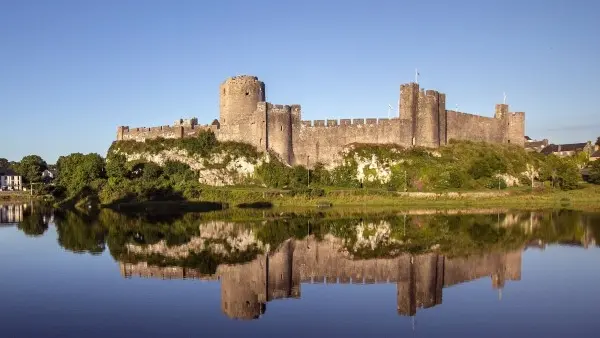 Pembroke
Pembroke
 Laugharne
Laugharne
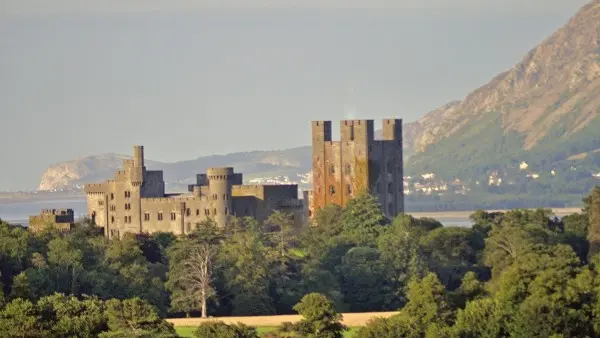 Bangor
Bangor
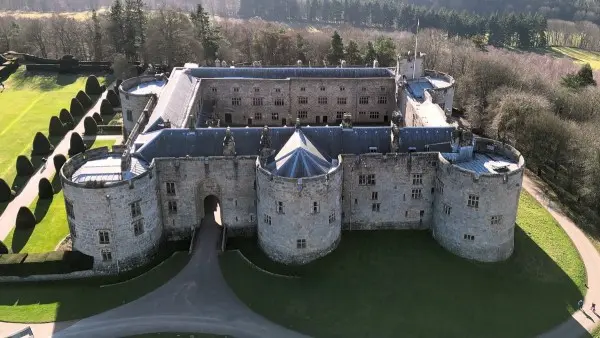 Wrexham
Wrexham
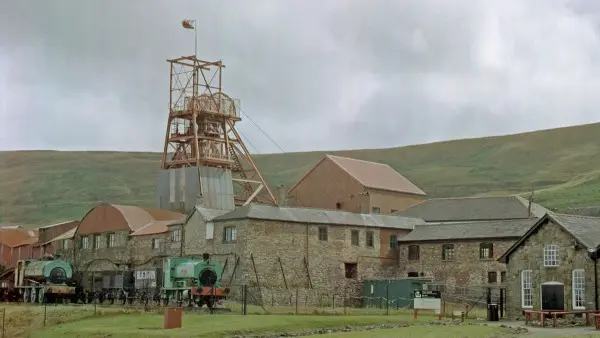 Blaenavon
Blaenavon
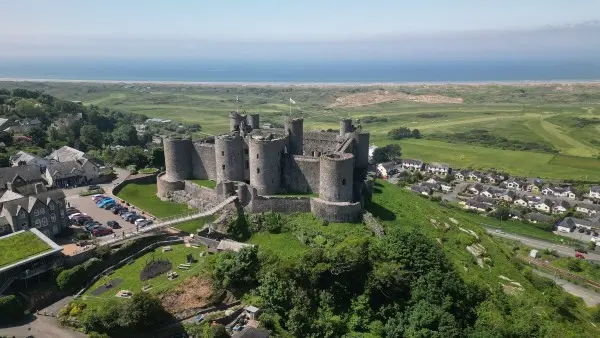 Harlech
Harlech
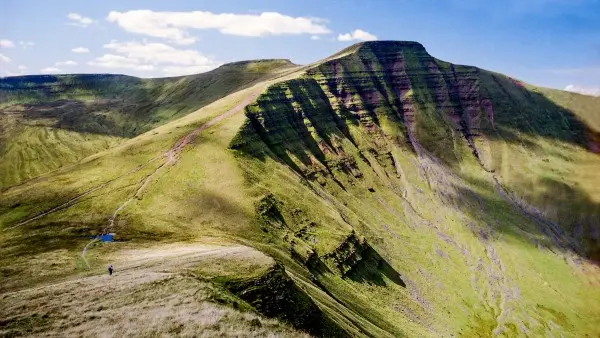 Brecon
Brecon
 Wrexham
Wrexham
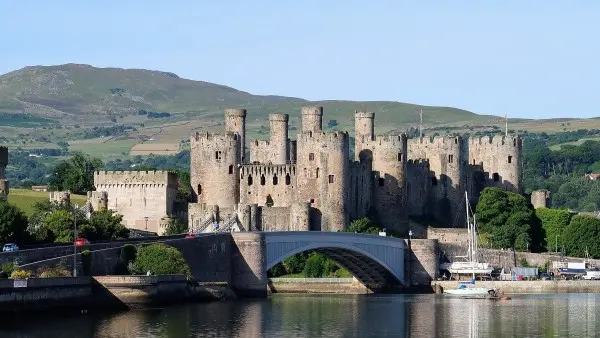 Conwy
Conwy
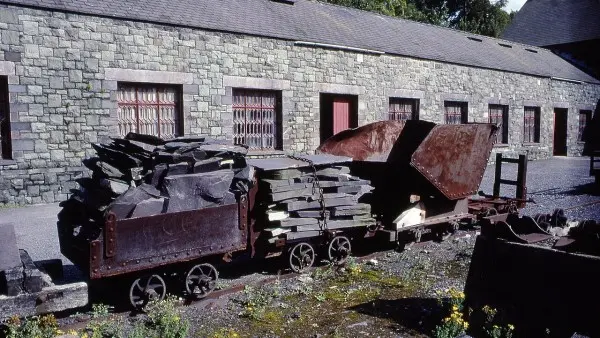 Llanberis
Llanberis
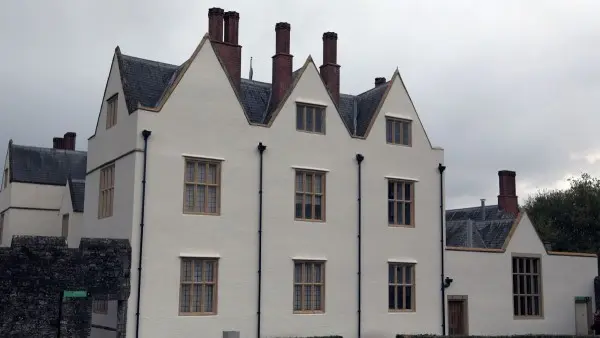 Cardiff
Cardiff
 Holyhead
Holyhead